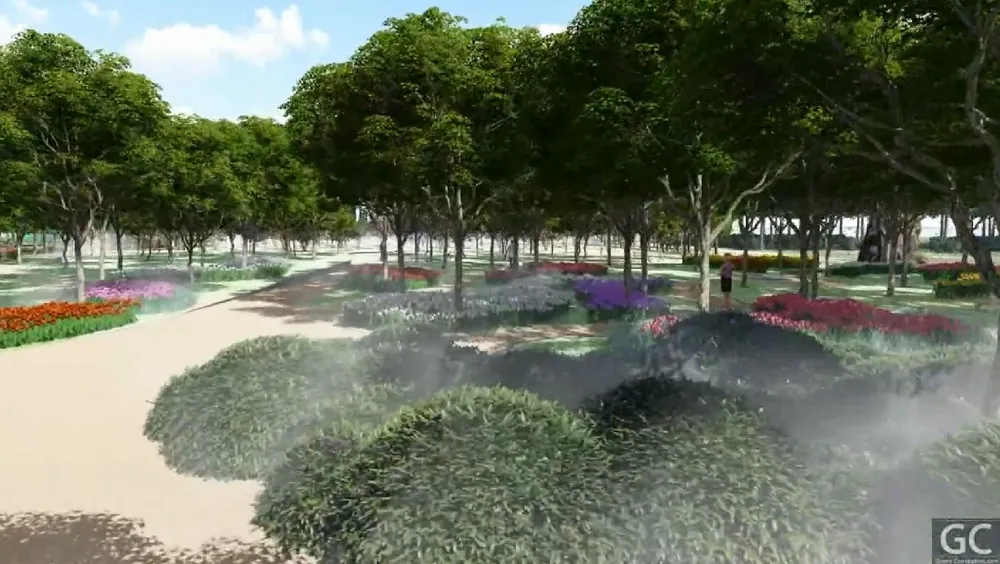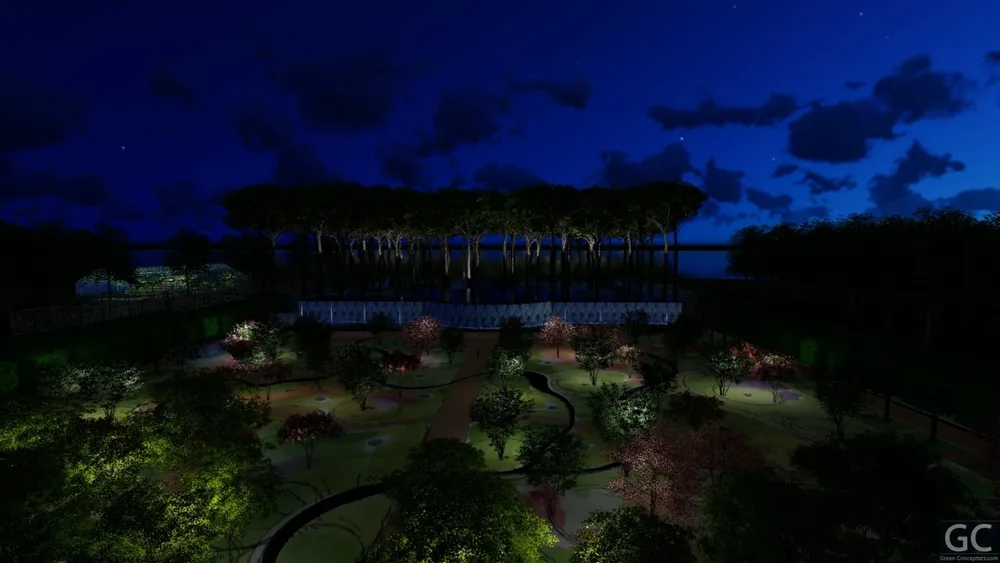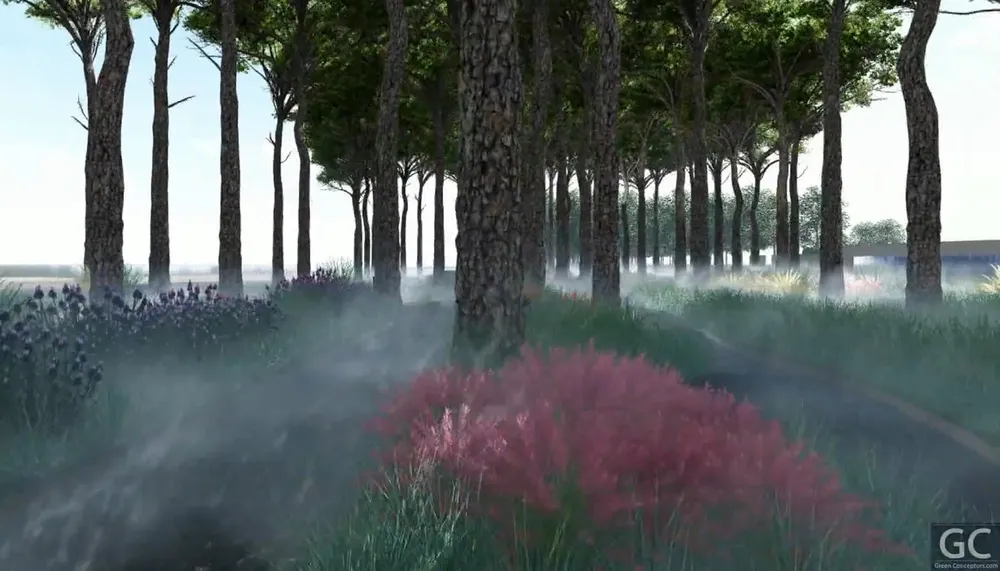Garden design high end client, Global
Garden design is a creative process that requires both vision and technical expertise. When designing a garden for a high-end client, the stakes are even higher. Not only must the garden be beautiful and functional, but it must also reflect the client's personality and values. In this article, we will discuss the key elements of garden design for high-end clients, including the use of sustainable materials, large trees, and community involvement.
Sustainability is a key consideration for any modern garden design. High-end clients are often environmentally conscious and expect their gardens to reflect their values. Sustainable materials are a crucial element of any garden design for high-end clients. This can include the use of recycled materials such as reclaimed wood, metal, and glass, as well as locally sourced natural materials like stone, gravel, and plants. The goal is to minimize the environmental impact of the garden while maximizing its aesthetic and functional potential.

Another important element of garden design for high-end clients is the use of large trees. Trees are not only beautiful, but they also serve a variety of functions in a garden. They provide shade, reduce noise pollution, and improve air quality. High-end clients often have large properties, which means there is ample room for large trees. When selecting trees for a garden design, it is important to consider the climate, soil conditions, and the tree's growth habits. Some popular choices for large trees include oak, maple, and magnolia.
Community involvement is another key element of garden design for high-end clients. Many high-end clients are passionate about giving back to their communities and want their gardens to be a place of shared enjoyment. This can involve designing spaces for community events, such as outdoor concerts or charity fundraisers. It can also involve incorporating elements that reflect the local community's culture and history, such as traditional artwork or indigenous plant species. By involving the community in the garden design process, high-end clients can create a space that is not only beautiful and functional but also meaningful and impactful.

Design is, of course, a crucial element of any garden design for high-end clients. High-end clients often have specific design preferences and expect their gardens to reflect their style and personality. Some popular design styles for high-end gardens include modern, minimalist, and classic. When designing a garden for a high-end client, it is important to consider the overall aesthetic of the property, as well as the client's personal preferences. The goal is to create a cohesive design that complements the client's lifestyle and reflects their unique personality.
One of the biggest challenges in garden design for high-end clients is balancing beauty and functionality. High-end clients often have very specific ideas about what they want in their gardens, and it can be a challenge to translate these ideas into a cohesive design that is both beautiful and functional. This is where the expertise of a professional garden designer comes into play. A skilled designer can work with the client to understand their needs and preferences, and then translate these into a design that is both visually stunning and practical.

In addition to design, there are many other factors to consider when designing a garden for a high-end client. Maintenance is a crucial element of any garden design, and high-end clients often have high expectations when it comes to the upkeep of their gardens. It is important to select plants and materials that are low maintenance and require minimal upkeep. This can include using native plants that are well adapted to the local climate and soil conditions, as well as selecting materials that are durable and long-lasting.
Budget is another important consideration when designing a garden for a high-end client. High-end clients often have large budgets for their garden projects, but it is still important to stay within the client's budgetary constraints. This requires careful planning and attention to detail, as well as a deep understanding of the costs associated with different design elements and materials.

View

View

View

View

View

View

View

View
